Imphal Airport Closed for 3 Hours Following an UFO Spotted at the Airport
Radhika Bansal
20 Nov 2023
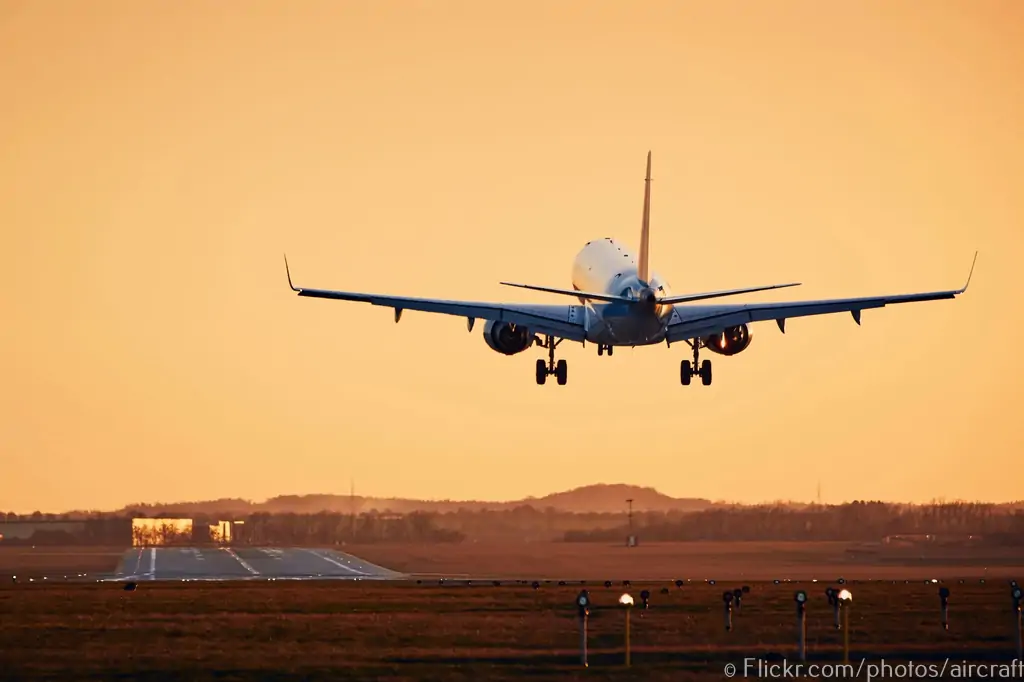
Flight operations at Bir Tikendrajit International (BTI) Airport in Manipur’s Imphal were closed for three hours and 20 minutes on Sunday, November 19 following an unidentified flying object (UFO) hovering above the airport.
A senior Airport Authority of India (AAI) official said that the flight operations at the Airport in Imphal were suspended for three hours and 20 minutes from 2.30 PM on Sunday, November 19 afternoon and the flight operations were resumed in the evening as usual after a “thorough checkup about the UFO”. The white-coloured object was visible from the terrace of the ATC tower, and individuals on the ground, including airline and CISF personnel, saw it as well.
The official said that two flights from Delhi and Guwahati have been diverted and three departing Agartala, Guwahati and Kolkata bound flights have been delayed and the flight operations restarted after getting clearance from the competent authority. Nearly 500 passengers of those three flights were stranded for over three hours. One flight to Imphal from New Delhi was diverted to Kolkata and another from Guwahati got delayed for over three hours.
All airport operations were kept on hold till further notice and a NOTAM (Notice to Airmen) of airspace closure was flashed. A NOTAM contains information about the condition or change in any aeronautical facility, service, procedure or hazard, the timely knowledge of which is essential to personnel concerned with flight operations.
The UFO was reportedly sighted by the Central Industrial Security Force personnel and a pilot of a private airliner before his flight was about to depart around 2.20 PM. The operations resumed in the evening after security clearance was given. Airport officials were unable to state what the flying object seen above the airport was. An inquiry is stated to be underway.
Thereafter, the BCAS regional director in Imphal, the DGCA director of air safety in Kolkata and the Joint Action Centre committee comprising Manipur officials gave the go-ahead at 5.45 PM. The Imphal ATC resumed charge of the airspace and aircraft operations restarted at 5.50 PM. The NOTAM was subsequently cancelled.
Unprecedented ethnic violence erupted in Manipur on May 3, following a tribal solidarity rally that turned violent in the Churachandpur district, leading to retaliatory violence between Chin-Kuki-Zo and the Meitei communities across the state. Manipur police have stated that as many as 175 people were killed, and 1,108 others injured while 32 are missing in the ongoing ethnic strife which started on May 3.
The Indian Air Force and the Directorate General of Civil Aviation have begun a joint investigation to learn more about the incident. According to the official, the Indian Air Force Eastern Command in Shillong was informed of the development. Manipur is bordered by Nagaland, Mizoram and Assam, besides sharing an international border with Myanmar to its east.
Read next
The Shree Jagannath International Airport in Puri has received a significant boost as the Ministry of Environment, Forest, and Climate Change (MoEFCC) approved the diversion of forest land to facilitate the ambitious project.
According to sources, the MoEFCC has given clearance for 27.85 hectares of deemed forest land, equivalent to approximately 68.81 acres, for the construction of the international airport.
The airport is slated to be developed on an expansive area of around 1,164.75 acres, encompassing 68.81 acres of forest land, 221.89 acres of private land, and the remaining portion as state government land in Sipasarubali and Sandhapur, located under Brahmagiri tehsil. The private land required for the project comprises 153.78 acres in Sipasarubali and 68.11 acres in Sandhapur.
To proceed with the land acquisition for the airport, the Puri district administration has issued a preliminary notification under section 11 (1) of the Right to Fair Compensation and Transparency in Land Acquisition, Rehabilitation and Resettlement Act, 2013. Individuals are invited to submit objections, if any, by January 3.
“Forest clearance has been obtained for the airport project following the district-level committee reports. While the government land has already been demarcated and a boundary wall constructed around it, the process has begun for the acquisition of private land with the notification. The land losers will be paid compensation after benchmark valuation,” a revenue official of Puri was quoted as saying by The New Indian Express. Notably, no rehabilitation and resettlement is required as the land parcels are free of human habitation.
Work on the airport can start early next year, if every other process, including completion of necessary formalities with all regulatory bodies and government agencies which are a pre-requisite for the in-principle approval, is completed on time, the sources added.
Progress of the Airport
On January 1, 2021, Chief Minister Naveen Patnaik requested Prime Minister Narendra Modi to establish an international airport at Puri which will help promote Jagannath culture as land constraints stalled the expansion of Bhubaneswar airport, which was getting busier by the day due to the high footfall of tourists and pilgrims to Puri, which is about 65 km from the Odisha capital.
The CM sought his intervention to expedite the process during a visit to Delhi in May. Later that month, Naveen, during the flagging off of the Puri-Howrah Vande Bharat Express train by the PM virtually, invited him to inaugurate the airport once it is ready with his support within three to four years.
Sources said the state government has written to the Central government for site clearance after which construction work is expected to be taken up. Notably, the airport is expected to ease travel of the Jagannath devotees across the globe to Puri through direct air connectivity.
In September, the Ministry of Civil Aviation (MoCA) granted site clearance approval for the project. The clearance was obtained exactly a year after the government submitted all requisites to the ministry seeking clearance to set up the airport by the Greenfield Airports (GFA) Policy, 2008.
Sources said the state government is in the process of appointing a consultant for the preparation of a detailed project report (DPR) for grant of ‘in-principle’ approval. The state will have to submit its application along with the DPR for in-principle approval of the steering committee on greenfield airports. As per initial estimates, the airport will be built at a cost of around INR 5,631 crore.
The international airport at Puri was necessitated as it is being developed into a world-class heritage city and Biju Patnaik International Airport (BPIA) at Bhubaneswar has reached its design capacity limit. BPIA handled 3.62 million passengers in 2022-23 to become the 17th busiest (11th among non-metro cities) airport. It is busier than Nagpur, Visakhapatnam, Indore, Udaipur, Thiruvananthapuram and Varanasi. Meanwhile, the Ministry of Defence (MoD) has handed over 160.35 acres of land at Rasgovindpur to the state government for further development and infrastructure augmentation of the World War II era airstrip there.
(With Inputs from The New Indian Express)
Read next
New Zealand Airline Academy Limited Announced an Order for 10 Tecnam Aircraft at Dubai Airshow
Radhika Bansal
20 Nov 2023
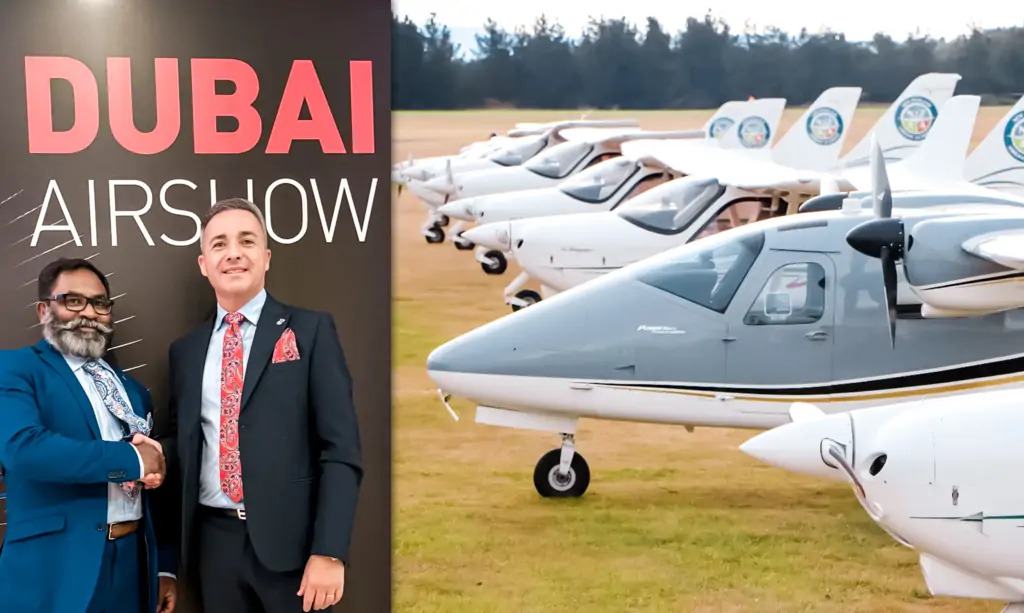
Tecnam and New Zealand Airline Academy Limited (NZAAL) announced a firm order for 10 Tecnam aircraft, consisting of eight single-engine P2008 JC Night VFR, one single-engine P-Mentor IFR trainer with RNAV capability and ballistic safety parachute, plus one multi-engine P2006T Premium edition aircraft at the Dubai Airshow 2023. The first of these, the Tecnam P2006T aircraft, is flying directly from the factory in Capua, Italy to the NZAAL base in Oamaru, New Zealand. The remaining nine training aircraft are scheduled for delivery starting in the 2nd quarter of 2024.
This strategic investment underscores NZAAL’s dedication to providing unparalleled training experiences and further solidifies its position as a global leader in aviation education.
New Zealand Airline Academy Limited (NZAAL) is a New Zealand-based award-winning flight training organization, holding certifications under Part 141 of the Civil Aviation Authority of New Zealand and Part 141 of the Civil Aviation Authority of Vietnam.
As an exclusive cadet pilot training provider for Air India’s group AIX Connect (formerly AirAsia India), NZAAL is strategically located in the picturesque locale of Oamaru, North Otago. Three towered airfields with instrument approaches are near the base airfield with many more coastal and mountain airfields offering challenging and varied weather conditions that create real-world flying conditions for cadets.
Established in 2018, by two seasoned aviation professionals, NZAAL started flight training with one Tecnam P2008. Five years later, this ten aircraft expansion will take their Tecnam fleet to a total of 24 aircraft and overall fleet total to 26 aircraft including two P2006T Twin advanced Multi IFR trainers a tribute to the two Directors of NZAAL who embarked on their commercial pilot training journey in New Zealand over sixteen years ago.
“When we set out to establish the New Zealand Airline Academy, we meticulously sought an aircraft that would epitomize excellence in several crucial aspects. Our selection criteria included unparalleled safety features, the ability to endure the rigorous demands of flight training, a seamless transition from training aircraft to modern-day jets through state-of-the-art technology, a commitment to environmental sustainability, local dealer support and cost-effectiveness. Tecnam emerged as the unequivocal winner, embodying each of these criteria effortlessly, making it the clear and optimal choice for our flight school.” Said Jonathan Manuel, CEO & Director of NZAAL.
“It is great to see the growth of NZAAL. They have developed an almost perfect business model for a flight school that is a paradigm for the region and the world. This model is based on the Tecnam fleet. And we are very proud of this because our vision for 75 years has been exactly this: the production of simple but modern, safe and economically attractive aircraft for every flight school.” Said Walter Da Costa, Chief Sales Officer of Tecnam.
NZAAL’s inception was propelled by a keen insight into the shortcomings of traditional flight training organizations across New Zealand that had persisted with legacy (old) trainers.
In response, the academy spearheaded a paradigm shift by introducing top-tier training programs utilizing state-of-the-art Tecnam glass cockpit aircraft. This innovative approach ensured a seamless transition for students from training aircraft to the sophisticated cockpits of contemporary jets.
Setting itself apart as the sole fixed-wing training provider in New Zealand employing touch screen glass cockpit aircraft throughout the training spectrum, NZAAL proudly boasts cutting-edge technology. These modern aircraft feature four levels of terrain alerts, synthetic vision, moving map displays, and advanced traffic awareness (ADS-B in & out). Beyond honing skills in situational awareness and airmanship, NZAAL’s philosophy is deeply rooted in prioritizing student safety through the integration of the latest market-available technology.
In a pioneering move, NZAAL became the first and only FTO in New Zealand to invest in electronic carbon monoxide detectors, providing both aural and visual alerts on the glass cockpit display. This unwavering commitment to safety aligns with the academy’s core belief that no student should ever be at risk in challenging situations.
NZAAL also owns and operates New Zealand Aircraft Engineering Limited, a Tecnam-authorised service centre in Oamaru, New Zealand.
Tradition, innovation and vision. These factors are spearheading Tecnam to wider horizons. Based on recent data and industry benchmarks, Tecnam is offering the greenest training fleet in the world. Flight schools operating Tecnam’s single- and twin-engine fleet can save as much as 10 tonnes of CO2 emissions for every single student graduating with a Commercial Pilot License – a 60% reduction compared to a fleet using 100LL fuel on a journey of 155 flight hours, 30h of which on twin.
About NewZealand Airline Academy
New Zealand Airline Academy, was established by aviation professionals who have more than three decades of experience helping international students choose the right program and training. The management team consists of people who have done extensive research, before choosing New Zealand for their own training.
Keeping in mind the huge growth in the field of aviation and the demand for quality pilots, NZAAL has been subcontracted to deliver Commercial Pilot Training for International students by New Zealand’s National Trade Academy.
Read next
Altitude measurement is a critical aspect of aviation, ensuring the safe separation of aircraft and effective navigation. While standard pressure settings are used for separation, the transition altitude (TA), transition layer (TLYR), and transition level (TL) play vital roles in providing accurate altitude information.
Altitude Measurement and Standard Pressure Settings
Standard pressure settings are crucial for maintaining safe separation between aircraft. However, these settings alone do not provide an aircraft's actual height above the ground. At low altitudes, altimeters are typically set to display altitude above sea level, enabling comparison with known terrain elevations. This setting, known as QNH (barometric pressure adjusted to sea level), ensures accurate altitude representation based on local weather conditions.
Transition Altitude (TA)
The transition altitude marks the point where aircraft shift from using local barometric-derived altitudes to flight levels. While operating at or below the TA, altimeters display altitude above sea level. The pressure setting is adjusted to QNH. Above the TA, altimeters are set to the standard pressure of 1013.25 hPa or 29.92 inHg, and altitude is expressed in flight levels.
Transition Level (TL)
The transition level is the lowest flight level above the transition altitude. As aircraft descend below the transition level, pilots switch to QNH for accurate altitude reference. This ensures smooth transitions between altitude measurement methods during ascent and descent.
Transition Layer (TLYR)
The transition layer is the airspace between the transition altitude and the transition level. Its thickness, typically 0–500 feet (0–152 m), ensures a smooth transition between QNH and standard pressure settings. Aircraft are not assigned the transition level for safety reasons, maintaining adequate separation from traffic flying on QNH at the transition altitude.
Significance of Two Altitude Measurement Methods
The coexistence of QNH-based altitudes and flight levels serves several crucial purposes, particularly for long-haul flights:
- Atmospheric Pressure Variability: Aircraft flying over vast distances encounter changes in atmospheric pressure. QNH allows pilots to set their altimeters based on local pressure conditions, ensuring accurate height above sea level, regardless of regional variations.
- Universal Altitude Reference: Flight levels provide a universal method of expressing altitude. This consistency eliminates the need for pilots to continuously update altimeter settings during long flights, promoting operational efficiency.
- Global Standardization: Flight levels are expressed in a standard pressure of 1013.25 hPa or 29.92 inHg, facilitating international aviation by avoiding confusion related to different units of measurement.
Conclusion
The interplay between transition altitude, transition layer, and transition level in aviation altitude measurement is essential for maintaining safe and standardized operations. The use of both QNH and flight levels ensures accurate altitude representation in diverse atmospheric conditions, offering pilots a reliable and globally accepted reference point during their journeys. This harmonized approach enhances safety, efficiency, and global standardization in aviation practices.
With Inputs from Skybrary, IVAO, Bold Method
Read next
Ras Al Khaimah-based Vaayu Group has announced a significant move in the aviation industry with the acquisition of a strategic stake in Pradhaan Air Express. The investment was revealed on the sidelines of the Dubai Airshow 2023, marking a pivotal moment for both companies in expanding their footprint in the air cargo sector.
Vaayu's Vision for Air Cargo Dominance
Vaayu Group, established in 2011, has set its sights on becoming a major player in the air cargo space, and this strategic investment in Pradhaan aligns with that vision. Emad AlMonayea, Chairman and President of Vaayu, emphasized the strategic importance of this move, highlighting the numerous opportunities it presents, particularly between the Middle East and India.
Existing Collaboration and Fleet Expansion Plans
Vaayu and Pradhaan Air Express already share a business relationship, with Vaayu leasing an A320-200(P2F) to Pradhaan. The recent investment is expected to further strengthen their collaboration. AlMonayea revealed that Vaayu anticipates the addition of two A320-200P2Fs in the coming year, with plans to continuously expand the fleet, adding two aircraft each year from 2024 onward.
Vaayu's Global Aviation Investments
Vaayu Group's influence extends globally, with strategic investments in aviation encompassing leasing, storage, and Maintenance, Repair, and Overhaul (MRO) services. The undisclosed size of the investment in Pradhaan Air Express reflects Vaayu's commitment to fostering growth and innovation in the aviation sector.
Pradhaan Air Express: A Key Player in India's Cargo Market
As one of the three cargo-only airlines based in India, Pradhaan Air Express secured certification last year to operate its own aircraft. The airline's sole aircraft, VT-PNS (MSN 2737), commenced revenue flights in October after being ferried to India in July 2022. Pradhaan CEO Nipun Anand confirmed that the current aircraft is performing well on a mix of domestic and international routes.
Future Outlook for Pradhaan Air Express
While Pradhaan Chief Business Officer Vipul Bhalla had earlier indicated plans for the arrival of three additional aircraft in 2023, CEO Nipun Anand clarified in Dubai that no further aircraft would be added until 2024. This decision aligns with Pradhaan's focus on optimizing its current operations before expanding its fleet.
Conclusion
The strategic stake acquisition by Vaayu Group in Pradhaan Air Express marks a significant milestone for both companies, setting the stage for enhanced collaboration and growth in the air cargo sector. As Vaayu continues to expand its global aviation portfolio, Pradhaan Air Express is poised to play a pivotal role in India's evolving cargo market, capitalizing on the synergies between the two regions. The undisclosed investment underscores the confidence Vaayu has in the future success of this partnership, signaling a positive trajectory for both entities in the dynamic aviation landscape.
With Inputs from ch-aviation
Read next
AI Engineering Services Ltd. (AIESL), a prominent player in the maintenance, repair, and overhaul (MRO) segment, is currently engaged in discussions with multiple foreign carriers to expand its portfolio. Simultaneously, the company is also negotiating a significant long-term contract with a domestic carrier. However, amidst its strategic business moves, the government is considering divesting AIESL, a company that has consistently generated an average annual revenue of around Rs. 2,000 crores over the last three years.
Global Expansion Through MRO Partnerships
AIESL is actively pursuing collaborations with three to four foreign carriers for MRO works, showcasing its commitment to becoming a key player on the international stage. These discussions indicate a growing demand for AIESL's expertise and services in aircraft maintenance, repair, and overhaul. The move aligns with the global aviation industry's increasing reliance on specialized MRO providers for efficient and cost-effective aircraft maintenance solutions.
Long-Term Contract with Domestic Carrier
In addition to its global outreach, AIESL is in talks with a domestic carrier for a substantial long-term contract. The details of the negotiation are yet to be disclosed, but such a contract could solidify AIESL's position in the domestic market, providing stability amid the uncertainties associated with global partnerships.
Government's Divestment Plans
While AIESL is actively pursuing growth opportunities, the government's decision to divest the company adds a layer of complexity to its future. The move to divest AIESL comes at a time when the company has consistently demonstrated financial resilience, boasting an average annual revenue of ?2,000 crore over the last three years. The government's rationale behind this decision and its potential impact on AIESL's ongoing and future projects will be closely monitored by industry observers.
CEO's Perspective
Sharad Agarwal, the Chief Executive of AI Engineering Services, expressed optimism regarding the company's recent endeavors. Agarwal mentioned that AIESL has already commenced aircraft checks for Kuwait Airways since September, highlighting the company's proactive approach to securing international contracts. Agarwal's positive outlook suggests that AIESL is well-prepared to navigate the challenges posed by both global expansions and potential government divestment.
Conclusion
AI Engineering Services Ltd.'s current trajectory reflects its ambition to be a major player in the global MRO sector, as evidenced by ongoing discussions with foreign carriers and a potential long-term contract with a domestic airline. However, the looming government divestment raises questions about the company's future ownership and strategic direction.
As the aviation industry continues to evolve, AIESL's ability to adapt and capitalize on emerging opportunities will be crucial for its sustained success in the dynamic MRO market. Industry stakeholders will closely watch the developments surrounding AIESL, anticipating the outcome of both its global partnerships and the government's divestment plans.

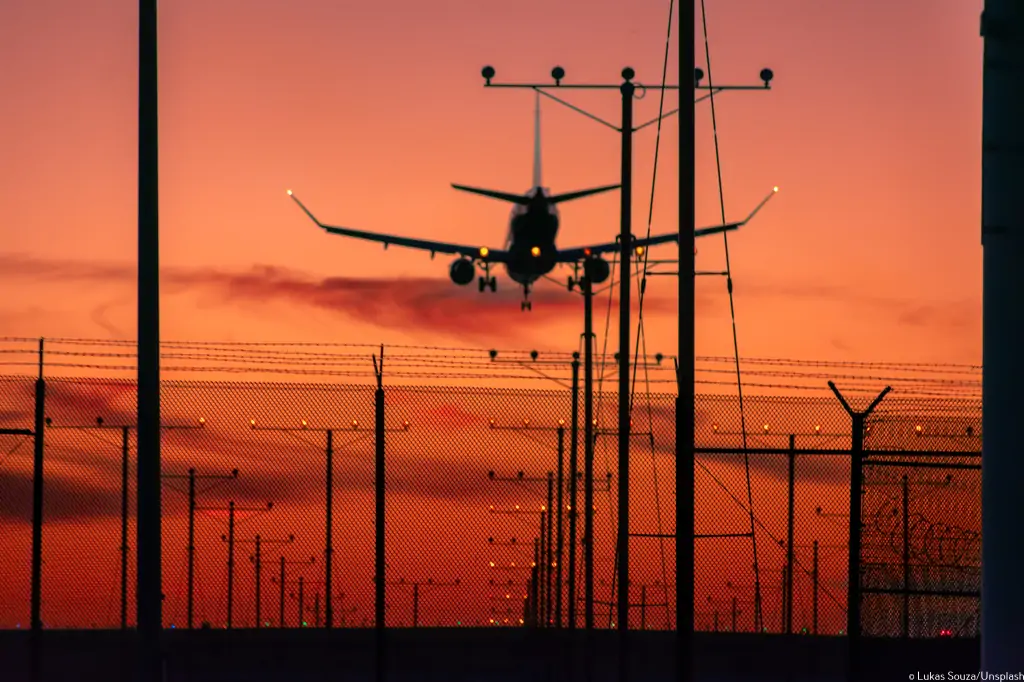

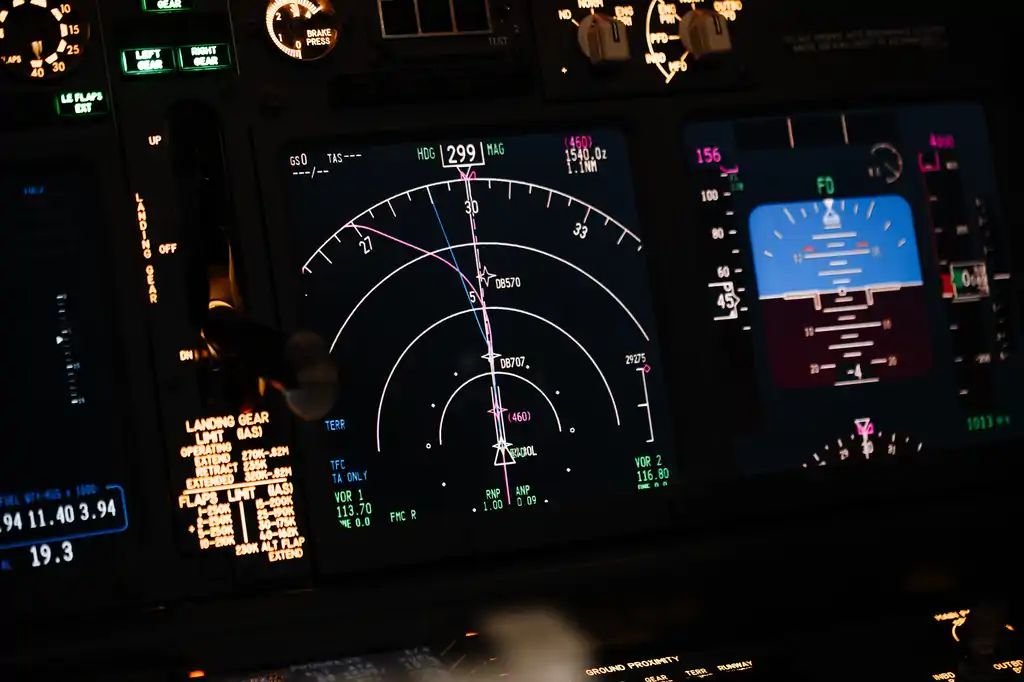
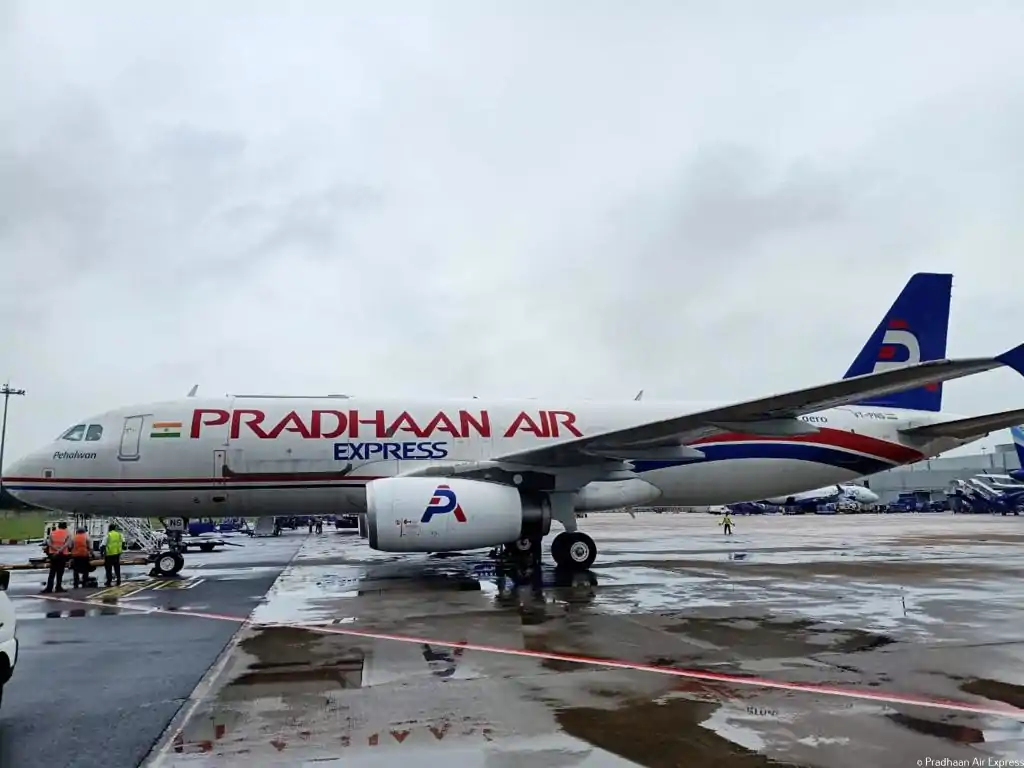
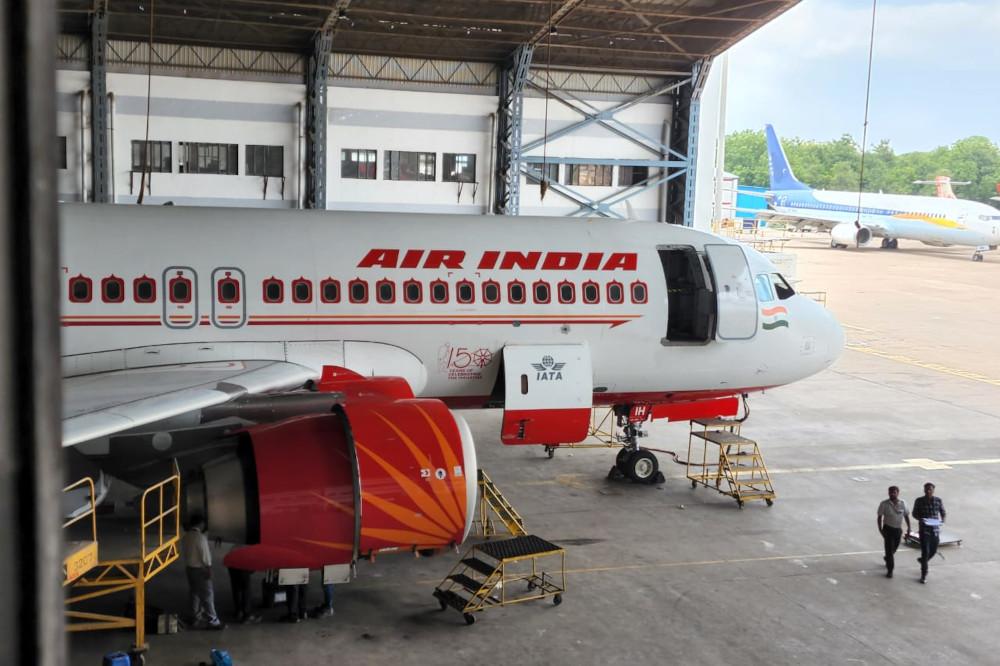
Comment